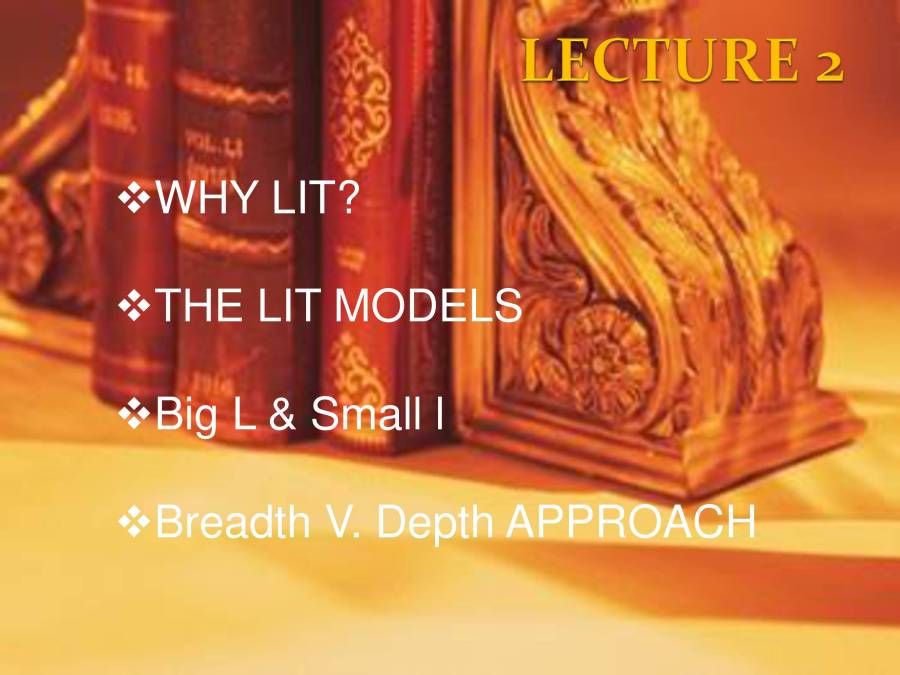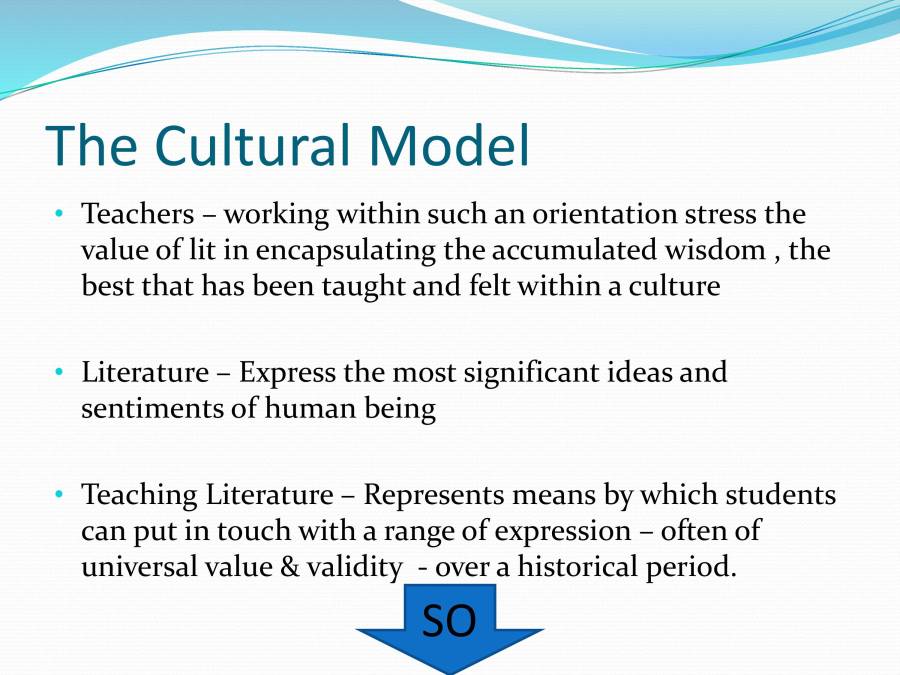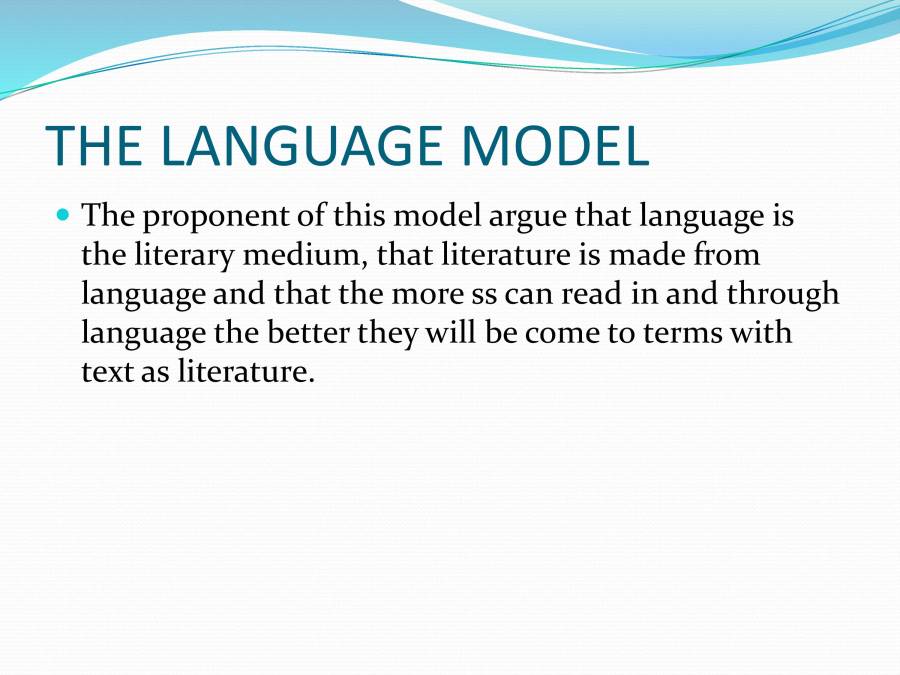 Hire a Tutor
Hire a Tutor 




























This PPT will deliver a brief knowledge about literature.
8 years of teaching experience
Qualification: PhD Lit, M.Ed TESL, BA ELS
Teaches: English, Biology, History, Bahasa Malaysia, MUET (English Test), Pengajian AM
